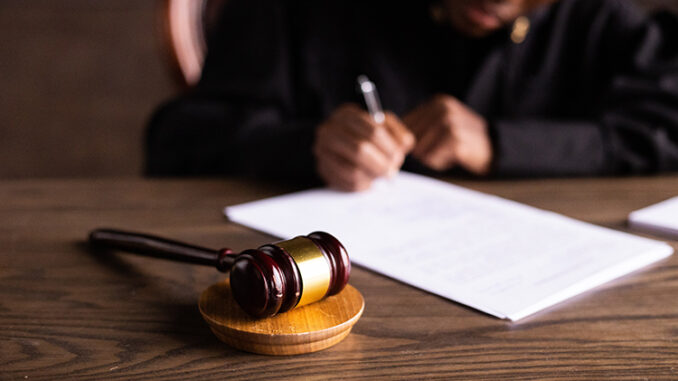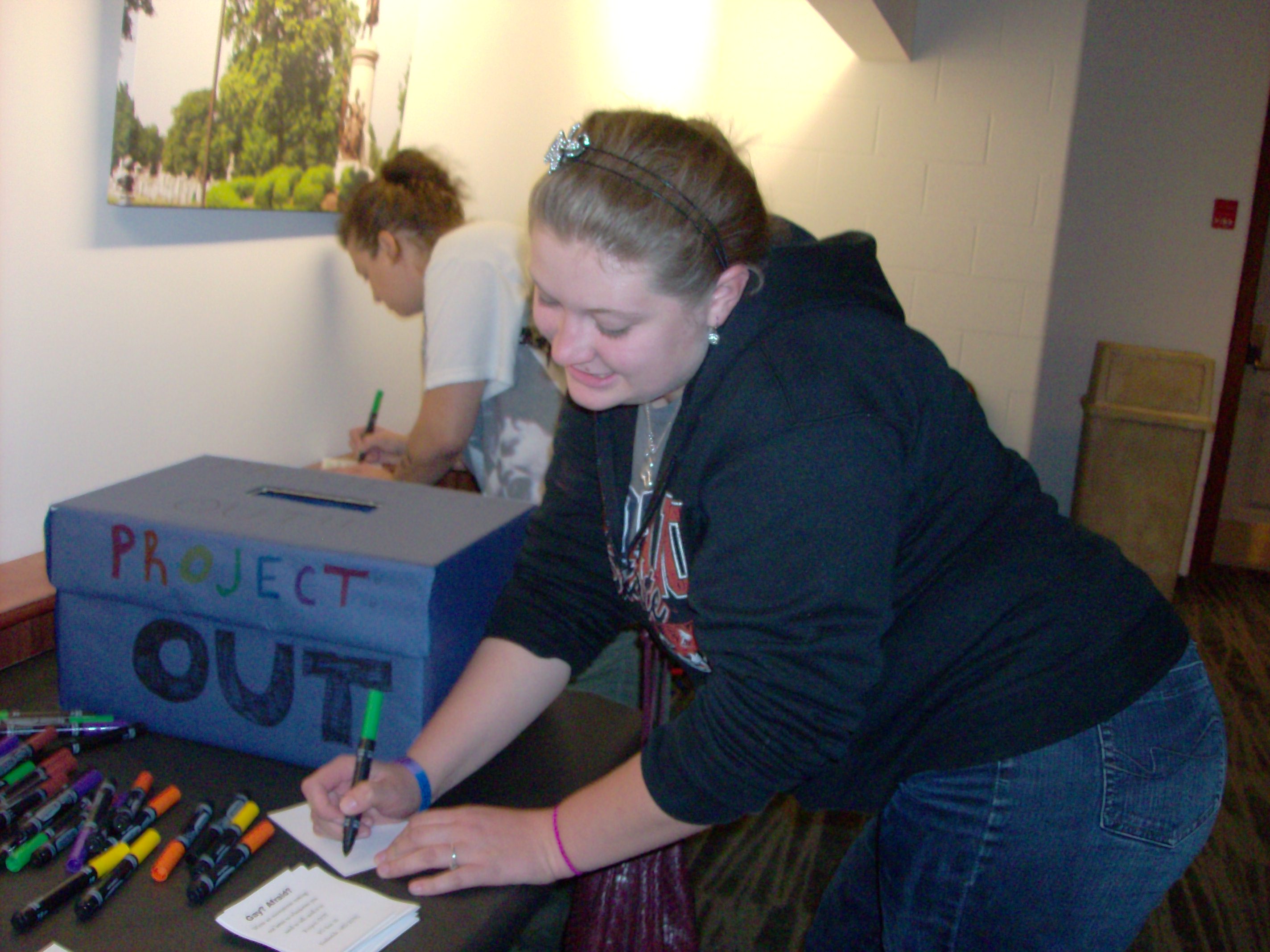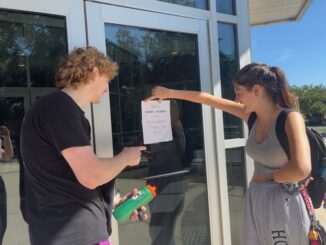
By Cristian Reyna//
The criminalistics class, taught by associate professor of Law and Criminal Justice Teresa Bean, is taking a different approach to learning about cases.
The students have become a panel of experts and have been commissioned to review the facts of a famous case. Each panel is made up of three students and each group will be covering a case.
They will be covering the O.J. Simpson case, JonBenet Ramsey case and the Steven Avery case.
In this class, they go over various areas of what to do in a crime scene, how to collect evidence, contamination and the different areas of forensics.
“It is more of a deductive and inductive reasoning type class when you are looking at evidence and trying to make some determinations of evidence that was left at a crime scene,” Bean said.
“We look at arson, ballistics in terms of when a gun is shot there are certain markings on the bullet that we can determine what gun was used,” Bean said.
Even though this isn’t a lab-based class, students still learn how to safely transfer DNA from a crime scene.
“We do look at how to lift fingerprints and we even look at a lot of blood evidence called blood spatter,” Bean said.
Now, the students don’t use real blood, but what they use has the same viscosity as real blood. Students will form groups and they will drop the liquid from different heights and see how far the blood splashes.
“After a certain period of how far away it is, the diameter of the blood drop remains the same,” Bean said.
In one of the samples, they dropped blood from two stories and the blood looked the same as the drop from 24 inches. The diameter remained the same, but the only difference was the blood splashed more on the paper.
The significance of these kinds of experiments is to get an idea if this blood was dripping from the weapon or if it was dripping from the victim. It also gives you an idea of how tall the victim is.
“You don’t think about these things, but it is truly fascinating,” Bean said.
“One of the best things to hear as a professor is to hear a student say, ‘Professor Bean, all my life I thought this person was guilty, and now that I have reviewed the forensic evidence myself, I am one hundred percent certain the person did it’ and that is music to my ears,” Bean said.
The students will present their conclusions May 7 in the moot courtroom in Tatem Arts Center at 5:10 p.m. Members of the panel will present the evidence, and after they discuss the case, they will all come forward with a conclusion.
Each student will need 20 sources for their presentation.
“It’s magical to see from a professor’s perspective,” Bean said.




Be the first to comment